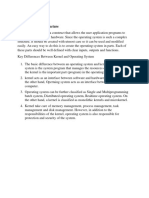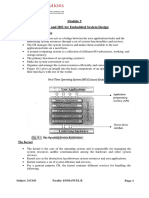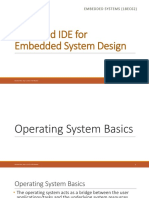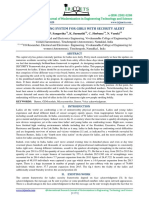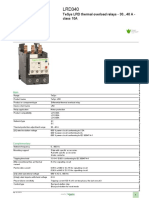0% found this document useful (0 votes)
62 views6 pagesFunctions of Kernel
The kernel is essential for managing processes, memory, devices, file systems, resources, security, and inter-process communication in a computer system. It acts as an interface between user applications and hardware, ensuring smooth operation by handling tasks like scheduling and resource allocation. Different types of kernels, such as monolithic and microkernels, provide various balances of performance and flexibility in operating systems.
Uploaded by
vaibhavabhisheksinghunnaoCopyright
© © All Rights Reserved
We take content rights seriously. If you suspect this is your content, claim it here.
Available Formats
Download as PDF, TXT or read online on Scribd
0% found this document useful (0 votes)
62 views6 pagesFunctions of Kernel
The kernel is essential for managing processes, memory, devices, file systems, resources, security, and inter-process communication in a computer system. It acts as an interface between user applications and hardware, ensuring smooth operation by handling tasks like scheduling and resource allocation. Different types of kernels, such as monolithic and microkernels, provide various balances of performance and flexibility in operating systems.
Uploaded by
vaibhavabhisheksinghunnaoCopyright
© © All Rights Reserved
We take content rights seriously. If you suspect this is your content, claim it here.
Available Formats
Download as PDF, TXT or read online on Scribd
/ 6




















